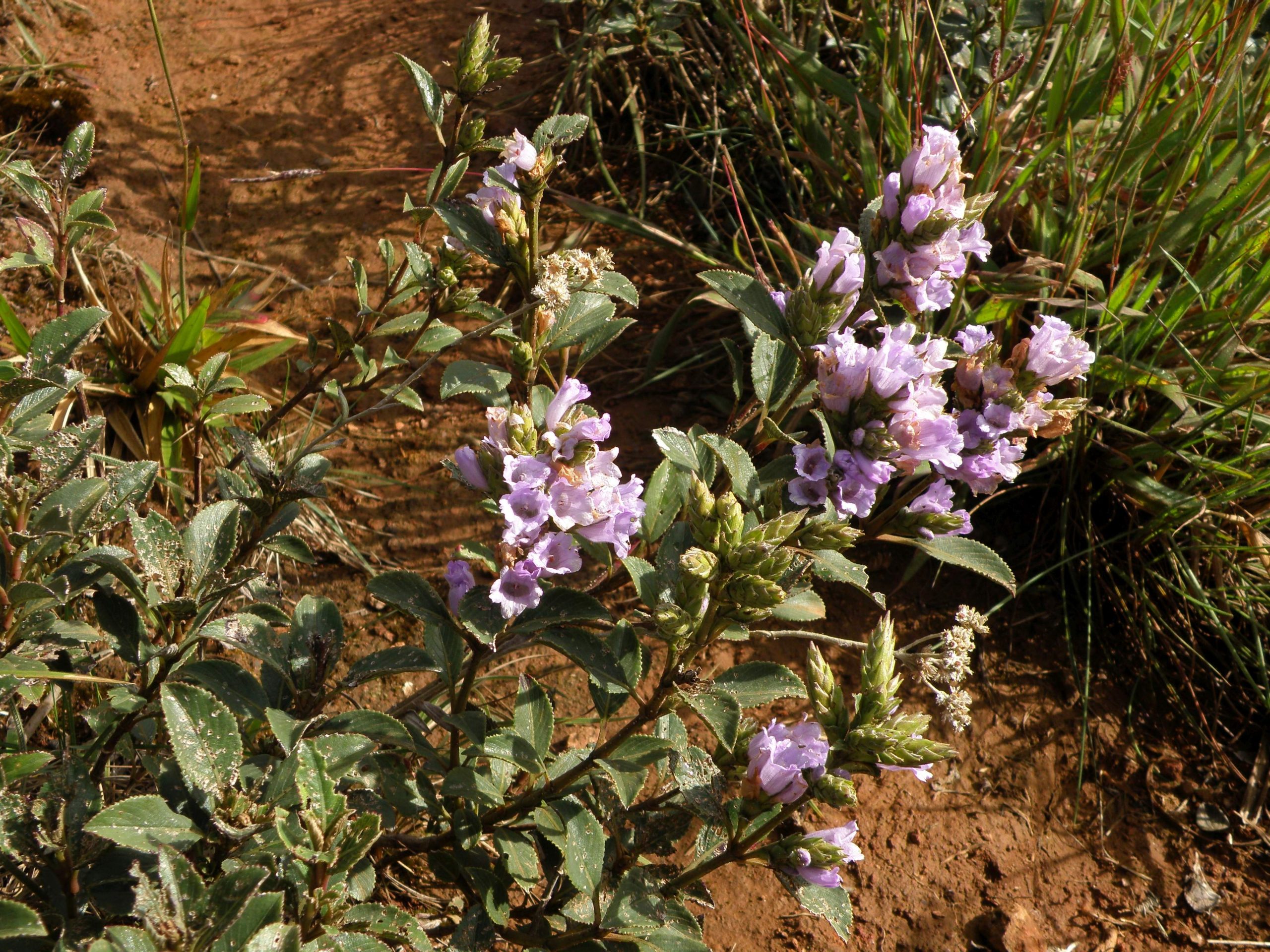Neelakurinji Plant Listed as a Protected Species under Wildlife Protection Act
The Ministry of Environment, Forest and Climate Change (MoEF) has listed Neelakurinji (Strobilanthes kunthiana) under Schedule III of the Wildlife (Protection) Act, 1972, including it on the list of protected plants. This move is aimed at protecting the plant from being destroyed or uprooted, which has become a major threat to the flowering areas. The new order also includes strict penalties for those found guilty of destroying or uprooting the plant.
Penalties for destroying the plant
As per the new order, those who uproot or destroy the Neelakurinji plant will invite a fine of ₹25,000 and three years’ imprisonment. The cultivation of Neelakurinji and its possession is also not allowed. This is a significant move, as it will help in protecting the plant and its habitats.
Why Neelakurinji needs protection?
Neelakurinji is an endemic plant found in a small stretch in the Western Ghats, from the Mangaladevi hills to the Nilgiris hills. The most popular Neelakurinji is Strobilanthes kunthiana which blooms once in 12 years. However, some other rare varieties of Neelakurnji are also found in the Western Ghats region. The blooming of Neelakurinji is a major attraction for tourists, who flock to the locations where it blooms. However, this has also led to the destruction and uprooting of the plant, which is a major threat to the flowering areas.
Importance of the new order
The new order will help in protecting the plant and its habitats. Forest department officials will take action against those who uproot or destroy Neelakurinji in forest areas, protected areas, and national parks. The department will strictly implement the government order. Environmentalists have welcomed this move, and have called on the Forest department to ensure the protection of the areas where Neelakurinji blooms.
The listing of Neelakurinji under Schedule III of the Wildlife (Protection) Act, 1972 is a significant move that will help in protecting the plant and its habitats. The new order will also help in penalizing those who destroy or uproot the plant, which is a major threat to the flowering areas. The Forest department should ensure the protection of the areas where Neelakurinji blooms, especially the Kallippara hills in Idukki, where the plant was recently in bloom. This will help in preserving the plant for future generations and ensuring that tourists continue to enjoy the beauty of the blooming Neelakurinji.
Month: Current Affairs - January, 2023
Category: Environment Current Affairs


